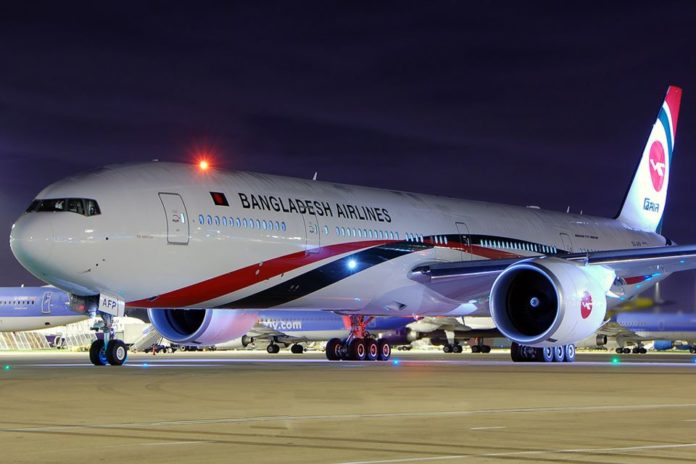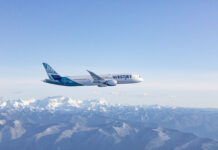

Hopes are rising a ban on direct cargo flights from Bangladesh could be lifted soon a senior official with Biman Bangladesh tells Michael Mackey.
Airport regulator, the Civil Aviation Authority of Bangladesh (CAAB), is near to completing the installation of dual view scanning machines, something their overseas counterparts wanted, Biman managing director and chief executive officer, A.M Mosaddique Ahmed explains in an interview.
Management at CAAB have also confirmed to ACW it was replacing single view scanners with double view scanners and was increasing the number of security staff as well as the amount of training they have.
Three countries, Germany, Great Britain and Australia banned cargo imports from Bangladesh last year, citing safety. The ban required air cargo going from the Bangladesh, which is seeing continued strong growth, to go via a third country.
“They have done what I believe could be done,” Mosaddique Ahmed explains. “We have reached the situation where this can be resolved now,” he adds.
To underscore the point Biman is to contact the CAAB urging them to keep up their pressure in the overseas authorities by writing to the British, he adds. No British or German official responded to ACW’s request for confirmation.
Whilst Bangladesh’s economy is rolling along at a good clip growing by seven per cent annually such a move would help the air cargo industry which has been impacted by the ban and a recent spate of bombings, one close to the airport.
“There have been some issues over the past few days,” Mosaddique Ahmed acknowledges whilst stressing the basic soundness of facilities in the South Asian country. “I think the airport has been adequately guarded.”
Also sound is the business model Biman who is expecting a good year on top of several others. “It has been increasing steadily over the years both in terms of incoming and outgoing,” says Mosaddique Ahmed.
Last year, Biman moved some 40,991 tonnes of cargo. Inbound is largely garment accessories such as raw cloth and buttons as well as telecommunications equipment and heavy machinery. Outgoing its nearly all garments.
But one thing that Mosaddique Ahmed is clear, very clear, about is that Biman will not acquire freighters. He acknowledges it has been pondered “for a long time” but it is not going to happen any time soon he explains.
Biman has two problems with freighters. One is it sees itself as very much a passenger airline, one serving the Bangladesh diaspora. The other is the “directional imbalances” it has with flights having full loads on some legs only and empty returns on other. “It’s not very viable,” says Mosaddique Ahmed.
That said the carrier does not calculate cargo’s profit separately but sees them as supporting the company’s solid bottom line. “We made profits for the last two years,” says Mosaddique Ahmed.
This is expected to further improve with a new roster of destinations. Later this year it hopes to open Colombo, Sri Lanka, Male in the Maldives and Kunming, China.
Further down the line the hope is, if aircraft can be found, to bring open routes to New Delhi, Hong Kong and Tokyo with Guangzhou also being on the list. This will plug a gap in the Biman flight plan which till now has only had one destination in India, Kolkata, and none in China.
Longer term still are plans to open services to Rome, Manchester, New York and Riyadh.
Underpinning this are plans to overhaul much of the country’s airport infrastructure. Both short and long term goals are impressive and will give cargo capabilities a significant boost.
Currently the CAAB is planning on a major overhaul of Dhaka’s Hazrat Shahjalal International Airport which would see the construction of additional facilities to help cargo effectively double its daily capacity to 1,400 tonnes per day from the current 700 tonnes. This is scheduled to complete by 2021 after a soft opening in 2019.
Nor does it stop there. CAAB is also “thinking of developing a completely new airport in the vicinity of Dhaka” CAAB air commodore and member of operations and planning, M Mostafizur Rahman explains to ACW.
Current thinking is this should reflect where Bangladesh well might be in 20 to 30 years time – some sort of Asian hub with an airport of four parallel runways supporting a large and multi-faceted export trade.
Bangladesh has big plans driven by exports and is one Asian air cargo market to look out for once concerns are overcome.













